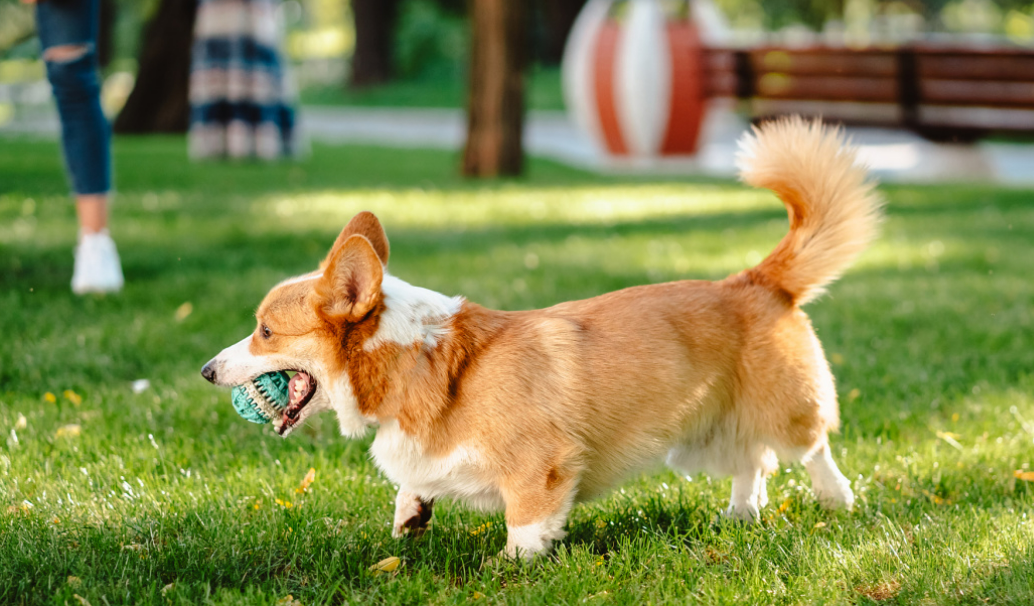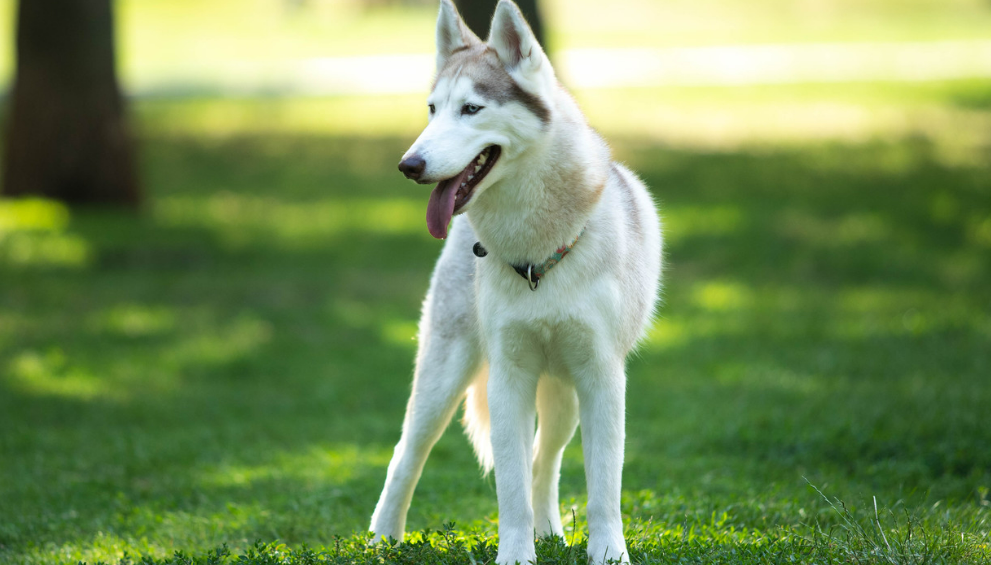Pet Heatstroke Emergency: How to Save Your Cat or Dog in the Critical First 30 Minutes
As summer temperatures soar past 30°C (86°F), the risk of heatstroke in pets—especially cats and dogs—skyrockets. Unlike humans, pets have limited sweat glands and rely heavily on panting and paw pads to regulate body temperature. Once their internal heat exceeds safe levels, it can quickly become fatal.
In fact, heatstroke can kill more than 90% of pets if left untreated for over two hours. The first 30 minutes are critical. This guide walks you through recognizing signs of heatstroke, administering emergency treatment, and preventing future incidents—essential knowledge for every pet owner.
Recognizing the Signs of Heatstroke in Pets
Heatstroke occurs when a pet’s body temperature rises above its normal range of 37.5°C–39.5°C (99.5°F–103.1°F), typically reaching dangerous levels above 41°C (105.8°F). At this point, proteins in the body begin to denature, potentially causing multi-organ failure, seizures, or even death.
Early Warning Signs:
- Rapid, shallow panting
- Excessive drooling with sticky saliva
- Restlessness or pacing
- Bright red or pale gums
- Mild disorientation
Action: Move your pet to a shaded or air-conditioned area, offer small amounts of cool (not cold) water, and dampen their paws or ears with a wet towel.
Severe Heatstroke Symptoms:
- Body temperature exceeds 41°C
- Vomiting (possibly with foam)
- Glassy eyes, staggering, seizures
- Collapse or unconsciousness
Emergency Response:
- Apply cool (not icy) compresses to underarms, groin, and paw pads.
- Use alcohol to wipe paw pads or ears for rapid cooling.
- Do not use ice packs or immerse in cold water—this may cause shock.
- Transport your pet to a vet immediately.
High-Risk Pet Types
Not all pets are equally vulnerable. The following are at highest risk:
- Flat-faced breeds (e.g., Pugs, Bulldogs, Persian cats): Narrow airways reduce their ability to cool down.
- Obese pets: Excess fat traps heat and increases internal temperatures.
- Long-haired breeds (e.g., Huskies, Maine Coons): Dense coats hinder heat release.
Even pets in cool climates or indoors can overheat during power outages, transport, or when left in poorly ventilated areas.
Top 3 Prevention Tips for Pet Heatstroke
1. Provide Constant Access to Water
Ensure pets have clean, cool water available at all times. When going outdoors, bring a portable water bottle or collapsible bowl.
2. Keep Their Environment Cool
- Set indoor temperatures between 26–28°C (78–82°F).
- Use fans or air conditioning.
- Swap thick bedding for cooling mats or bamboo mats.
- Never leave pets in hot cars, enclosed balconies, or sunlit areas.
3. Adjust Outdoor Walk Times
Avoid midday sun. Instead, walk dogs:
- Before 7 AM or after 9 PM
- Use your palm to test pavement heat before walking—if it's too hot for your hand, it’s too hot for their paws.
Final Reminder
Heatstroke doesn’t always strike outdoors. Cases are commonly reported indoors, during grooming, or in transportation settings. Stay alert, stay hydrated, and stay informed—because your pet depends on you.
Categories: pets





